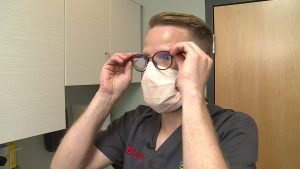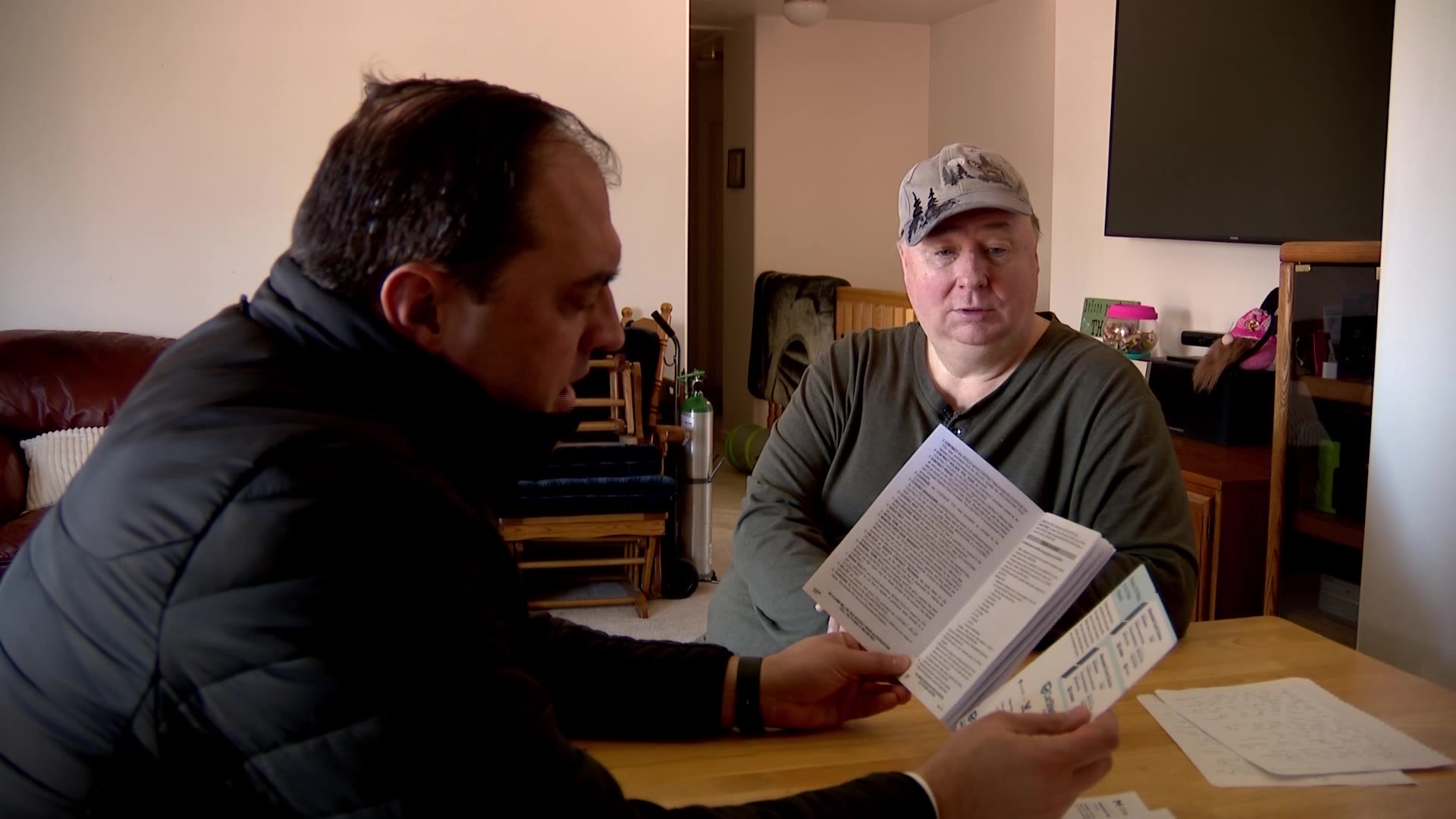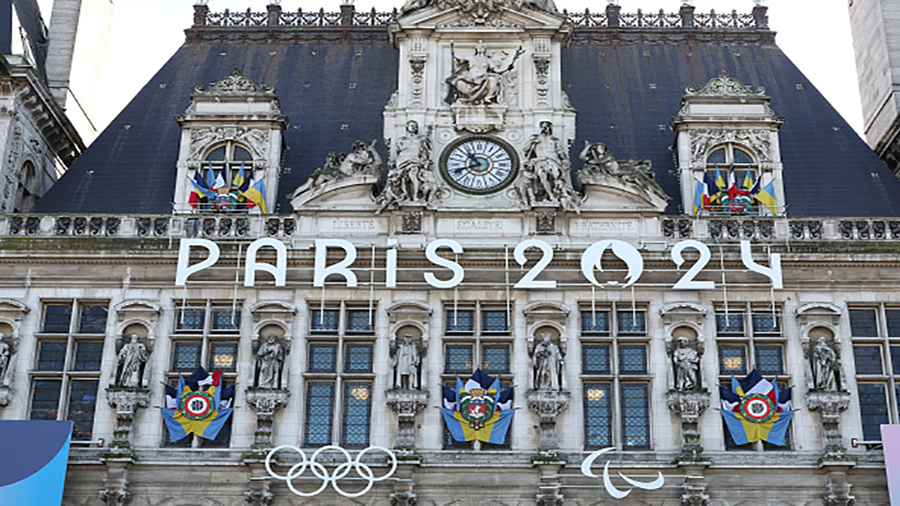Putting An End To A COVID Mask Frustration: Foggy Glasses
Sep 30, 2020, 10:24 PM | Updated: 11:43 pm
SALT LAKE CITY, Utah – It’s a complaint KSL has heard over and over during the pandemic, and with colder temperatures coming this time of year, it’s going to get worse. We’re talking about face masks or coverings fogging up eyeglasses.
When you wear a mask and it sends your warm breath across the cooler surface of your lenses, you’re going to get fog. So, we asked an eye and vision care expert on how we can avoid it.
“So, air is going to follow the path of least resistance, whether it’s at the sides down below or up towards our eyes,” explained Dr. Jeff Pettey, an ophthalmologist with the University of Utah’s Moran Eye Center. “So, anything you can do to get a tighter seal will improve the fogging.”
A quick, easy seal for a cloth mask can be made with a piece of tape that closes the gap between the bridge of your nose and the top of the mask. Sure, you could use scotch, masking or even duct tape – if you’re really desperate – but there are better options.
“So, the plastic bandage tape can go across but sometimes that leaves a little bit of an adhesive,” said Pettey. “They also have paper bandage tape that’s used for skin that you can get at the pharmacy. Those will basically stop all the flow through.”

Dr. Jeff Pettey, an ophthalmologist with the University of Utah’s Moran Eye Center, shows KSL’s Matt Gephardt things Utahns can do to avoid fogging up their glasses. (KSL-TV)
He also recommends using masks that fit tight, so it can push the air out of the bottom or its sides – away from glasses. Even better, a mask with flexible wires embedded in its top that can be molded to fit snug around your nose.
“There are some masks that also have a little bit of a seal to it or perhaps something that might have a little foam,” he added. “All of these will improve the seal and decrease the amount of fogging beyond the masks or the glasses themselves.”
There are a few tricks you can do with your glasses, too. You can simply rest them on your mask to improve that seal. Or, wear them further down your nose so they sit further away from the airflow coming from the top of the mask.
But a better solution is using a commercial spray-on coating, gel or wipe on your lens before you put your glasses on. Those typically use a chemical to reduce the ability of the warm, moist air coming from your nose or mouth to stick on the lenses and form tiny fog droplets.
Don’t use anti-fogging products engineered for car windshields. Those could ruin your glasses.
Also, when it’s time for a new pair, you can buy new eyeglasses that have a permanent layer of anti-fog coating built-in.
“Surgeons, we’ve known this for a long time, and we will purchase anti-fog coating because we’re going to be wearing glasses during surgery,” Pettey said. “But for the rest of us who are wearing masks for the first time, this is something that’s new to all of us.”
We’ve also seen some homemade remedies, too.
A study from the Royal College of Surgeons of England found a simple solution in the form of dish soap.
The study’s authors said washing a pair of glasses with soapy water and letting them air dry leaves a thin film that reduces surface tension on the lenses, allowing the droplets of moisture from a person’s breath to distribute evenly, instead of forming a cluster of fog – making it harder to see.












